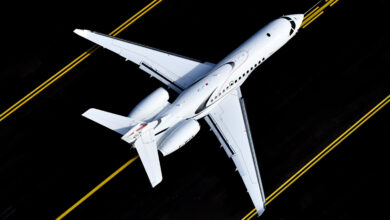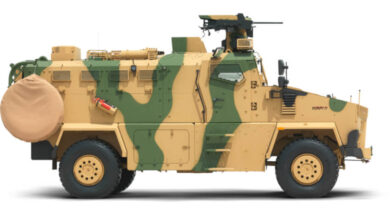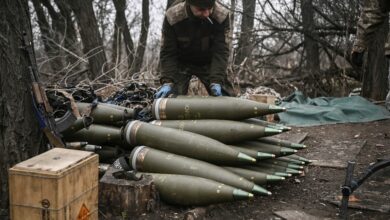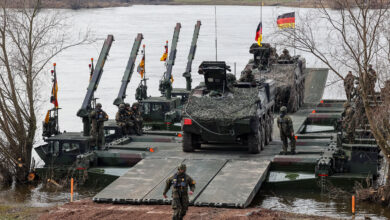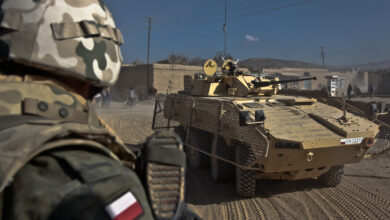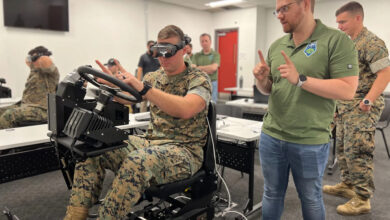Rheinmetall in Talks for Australia-Based Boxer Vehicle Production for Germany
Rheinmetall has confirmed the start of negotiations to produce more than 100 Boxer combat vehicles in Australia for Germany.
The effort is part of a $1.9-billion deal signed in March to replace the German Army’s Wiesel armored weapons carriers with direct tactical fire support vehicles.
Supporting Australia-Germany Military Cooperation
Work for the Boxer production will be conducted at Rheinmetall’s Military Vehicle Centre of Excellence (MILVEHCOE) in Queensland.
Slated for delivery in 2025, the future Boxer fleet will be operated by the German Army’s heavy weapon carrier infantry.
The program will run in conjunction with Boxer development for the Australian Defence Force.
“Rheinmetall in Australia has more than 900 staff, high-tech skills and an established production plant that includes vehicles, armour and electronics manufacturing at Redbank,” Rheinmetall Defence Australia Managing Director Nathan Poyner said.
“Our Australian and global supply chain will continue to grow, with small- and medium-sized enterprises benefitting as we secure new orders to complement existing export programmes.”
“We welcome the close partnership between Australia and Germany throughout the land vehicle domain as the two nations work together to increase global security.”
‘Large Australian Defence Export’
The Boxer vehicles are “proven 8×8 systems” integrated with reconnaissance mission components such as the Lance two-man remote-controlled turret system.
The vehicle’s main weapon is Rheinmetall’s proprietary MK30-2 air burst munition automatic cannon also found in German Puma infantry fighting vehicles.

“The German Boxers to be built at MILVEHCOE will be modelled on the Australian Boxer Reconnaissance vehicle variant,” Rheinmetall Vehicle Systems Head John Abunassar stated.
“The opportunity would be one of the largest Australian defence exports in the nation’s history, and support Rheinmetall’s vision to build and grow Australia’s defence industry capability as well as integrating it into the Group’s global supply chains.”





